Leaves on Plants - Encyclopedia @fantvwiki

To know a lot about the lessons I publish, you can look at my previous posts :
Chapter 1, Plants as a source of life for humans
Chapter 2, What are Root, Root Function, and Root Characteristics
Chapter 3, Get to Know More About Plant Stems
Hello Literacy friends, best regards to you all.
In previous publications, I have provided information and insight to all of you, about the basic things related to plants and plant parts. Today I will continue with the other parts of the plant after the roots and stems, which are the leaves of a plant.
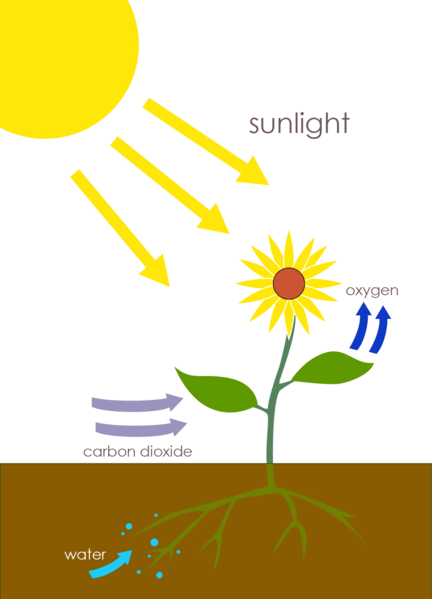
You all certainly know what photosynthesis is, an important event that occurs in plants. Like humans who need food for consumption, plants also have to process existing materials into food that can be eaten, with all the processes. The same goes for what happens in photosynthesis. Photosynthesis is a process that occurs in plants to produce food and oxygen, by converting solar energy or sunlight into a food source. This process requires tools from the plant itself in addition to sunlight, one part of the plant where the photosynthesis process occurs is the Leaf.
We will discuss this in another section about photosynthesis.
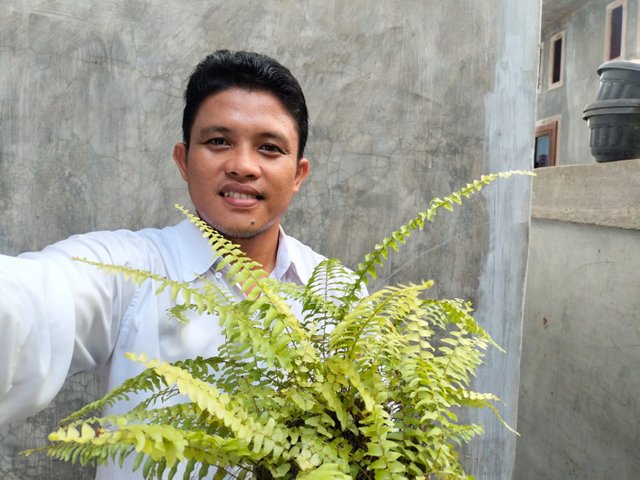
| Definition and Characteristics of Leaves |
|---|
Leaves are generally parts of plants that arise from the branches of a tree or plant, leaves are usually green and some other colors caused by several factors, but most of the color of a leaf is green. The green color on the leaves is caused by the presence of chlorophyll contained in it, chlorophyll is a green pigment (color-giving substance) due to changes in natural light or synthesis.
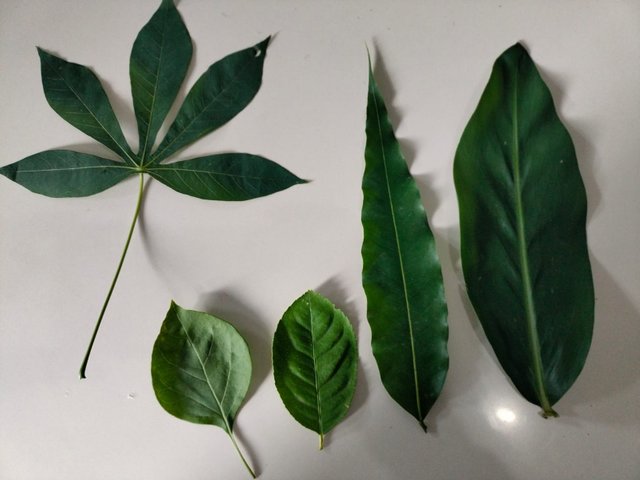
The leaf itself is a part of the plant in the form of thin sheets that appear above the parts of the plant, and most leaves are composed of 3 parts consisting of the base of the leaf, stalk (Leaf bone), and leaf blade itself. The Shape of a leaf does have diversity, but it is still a thin or thick strand. It is this leaf blade that is an important part of the plant, although its shape varies. There is a perfect round shape, round elongated, pointed and there is also a large widened. Some types of plants have leaves that have fine hairs on the leaves, some plants have small thorns on the leaves.

| Various leaf shapes |
|---|
Based on the varied shapes caused by the bones of the leaves or the middle segments of the leaves, the leaves have various shapes. Based on The Shape of the bone, the leaves are distinguished into 4 kinds of leaf shapes, the following are the 4 leaf shapes :
A. Leaves with pinnate leaf bone shape, The pinnate leaf bone type is almost the same as the arrangement of fish fins. Leaves with a pinnate shape look neatly arranged and stretch from the petiole to the tip of the leaf blade, plants that have pinnate leaf bones usually taste of dicotyledonous seed plants, or plants that have seeds in two pieces. Examples of plants that have pinnate leaf bones are mango leaves, guava leaves, and many others.
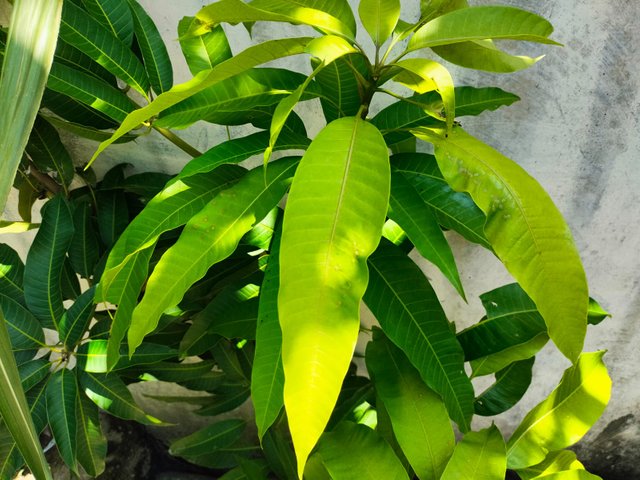
B. Leaves with a curved leaf bone shape are a type of leaf that has an arrangement of curved lines whose ends of the lines look as if they are fused. Another easy way to see the leaves with a curved bone shape is to look at the large bones found in the middle of the Leaf. Examples of plants that fall into the category of curved leaf bones are water hyacinth (Eichhornia crassipes), betel leaf, and several other plant species.

C. Then the bones of the leaves are fingered, the characteristics of plants with fingered leaf bones are quite easy to recognize, because the shape is like human fingers that are widened. The bone at the end of the petiole will release other Leaf bones that are shaped like fingers, and the Leaf bones located at the edges will be shorter. Examples of plants with fingered leaf bones are tuber leaves and papaya leaves.

D. The last is the parallel leaf Bone, the characteristic of this type of Leaf is the elongated straight Leaf bone, and looks fused or parallel. This type of Leaf is small but elongated, has a large bone in the middle and the bones of other leaves are getting smaller and all the bones of the leaves are parallel. Examples of plants with aligned leaf bones are corn, sugar cane, and rice plants.
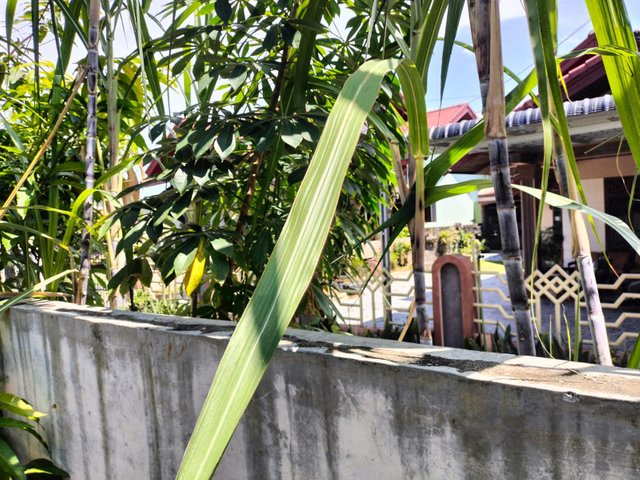
What about cactus plants that don't have leaves?
Cacti have leaves that have been modified into thorns, these thorns are the leaves for cactus plants that function to reduce water evaporation through the leaves as well as breathing apparatus for cactus plants.
| Benefits Of Leaves For Plants |
|---|
Well, if we already know the various forms of leaves based on leaf bones, now the question is, what is the function of leaves for plants? There are at least 5 functions of leaves for plants, these functions are :
- Leaves become a place of photosynthesis, which is a natural process carried out by plants to be able to convert carbon dioxide and water into carbohydrates, this process is assisted by sunlight.
- Leaves become a breathing apparatus for plants, this is because there are Stomata on the leaves. Stomata are very small pores or small holes found on the surface of leaves, as a place of gas exchange known as respiration.
- Leaves become a means of evaporation of water in plants.
- Leaves as one of the ways to remove excess fluid from the plant, Guttation is the process of releasing excess water in liquid form that occurs in plants and is often called plant sap or plants.
- Some types of plant leaves can be a breeding tool, in addition to flowers and fruits, leaves can also be a breeding tool for plants and plants. An example is the Kalanchoe Pinnata plant, which in the local language of Indonesia called Cocor Bebek.
All photos are privately owned : photos of various leaf shapes based on leaf bones.
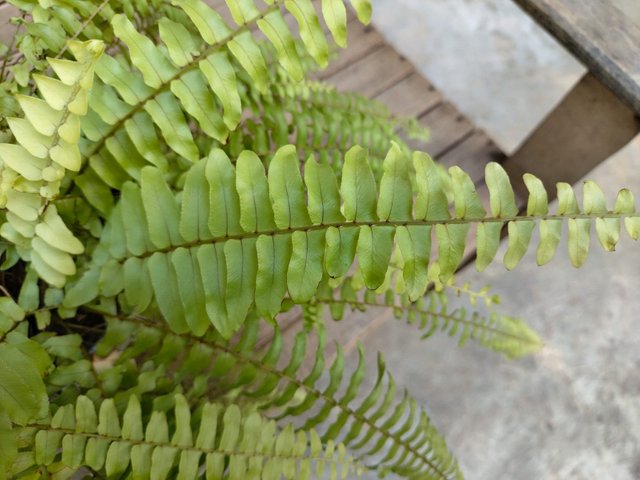 | 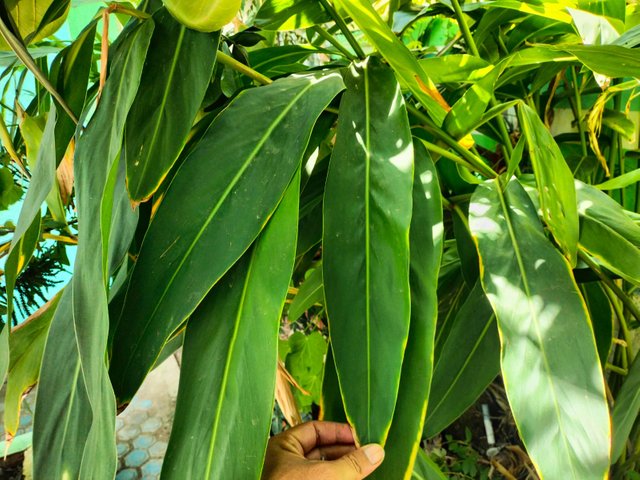 | 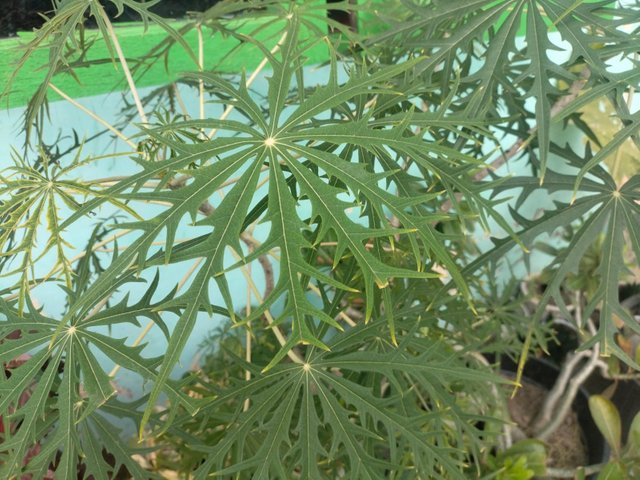 |
|---|
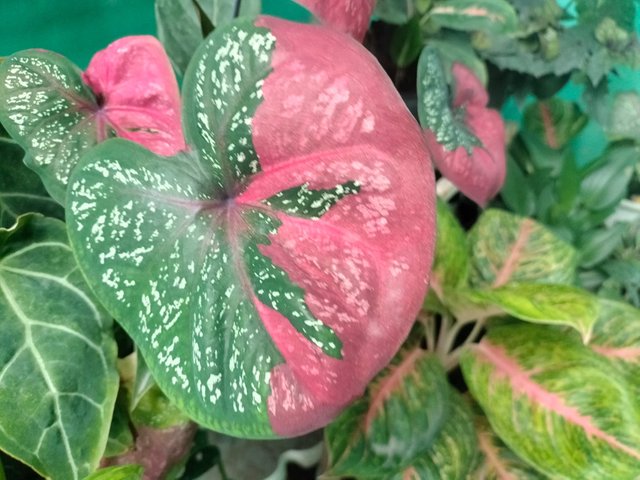 | 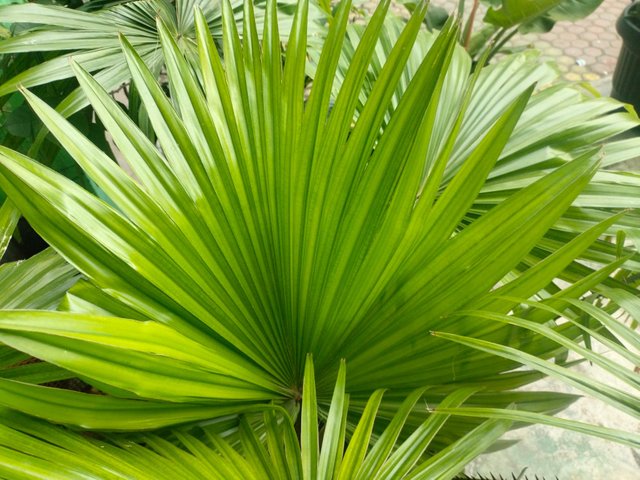 | 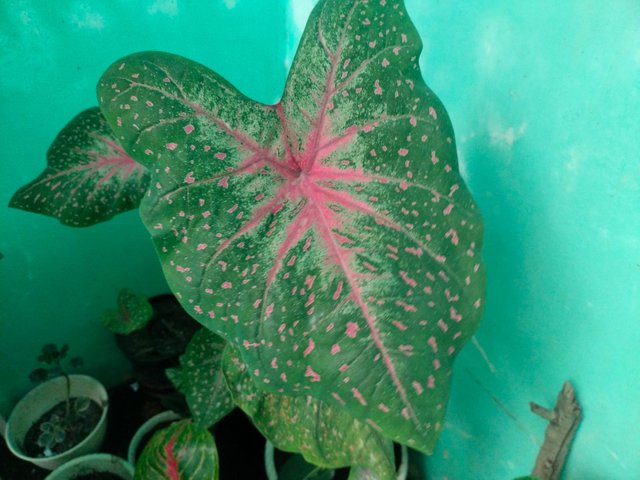 |
|---|
By knowing what the leaves are, the kinds of leaves, and the benefits of leaves for plants. So I hope we can all remember what is meant by leaves in plants. This material is a material that I expose at school for my students in Grade 4 of elementary school, and it is fun to be able to convey this information and insight to them.
In the end, I would like to thank those of you who have read this post, especially students and teachers. Best regards to all of us, and see you again in this advanced chapter of plant matter.
Thank you.
| Period | 23 July to 23 September, 2024 |
|---|---|
| Transfer to Vesting | 639.06 Steem |
| Cash Out | 0 Steem |
| Result | Club75 |
| CSI | 10.7 (1.30 % self, 79 upvotes, 59 accounts, last 7d) |

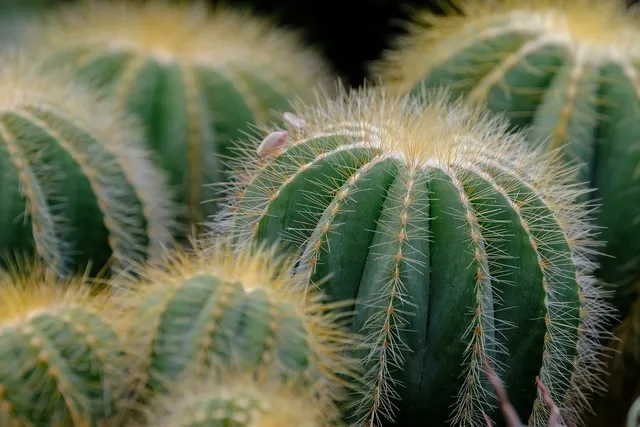
Upvoted. Thank You for sending some of your rewards to @null. It will make Steem stronger.
#steemexclusive
@ myteacher
yes
no
Halo sahabatku, dari postingan anda saya baru mengetahui bahwa kaktus memiliki daun yang telah di modifikasi menjadi duri. Lalu apakah duri kaktus juga menyerap fotosintesis? Apakah ini modifikasi yang terjadi secara alami atau campur tangan manusia?
Ya, itu terbentuk secara alami, hasil reduksi hingga membentuk duri.
Penjelasan lebih lengkapnya dapat anda lihat di sini :
Modifications to Cactus Leaves.
Terima kasih temanku, atas verifikasinya.